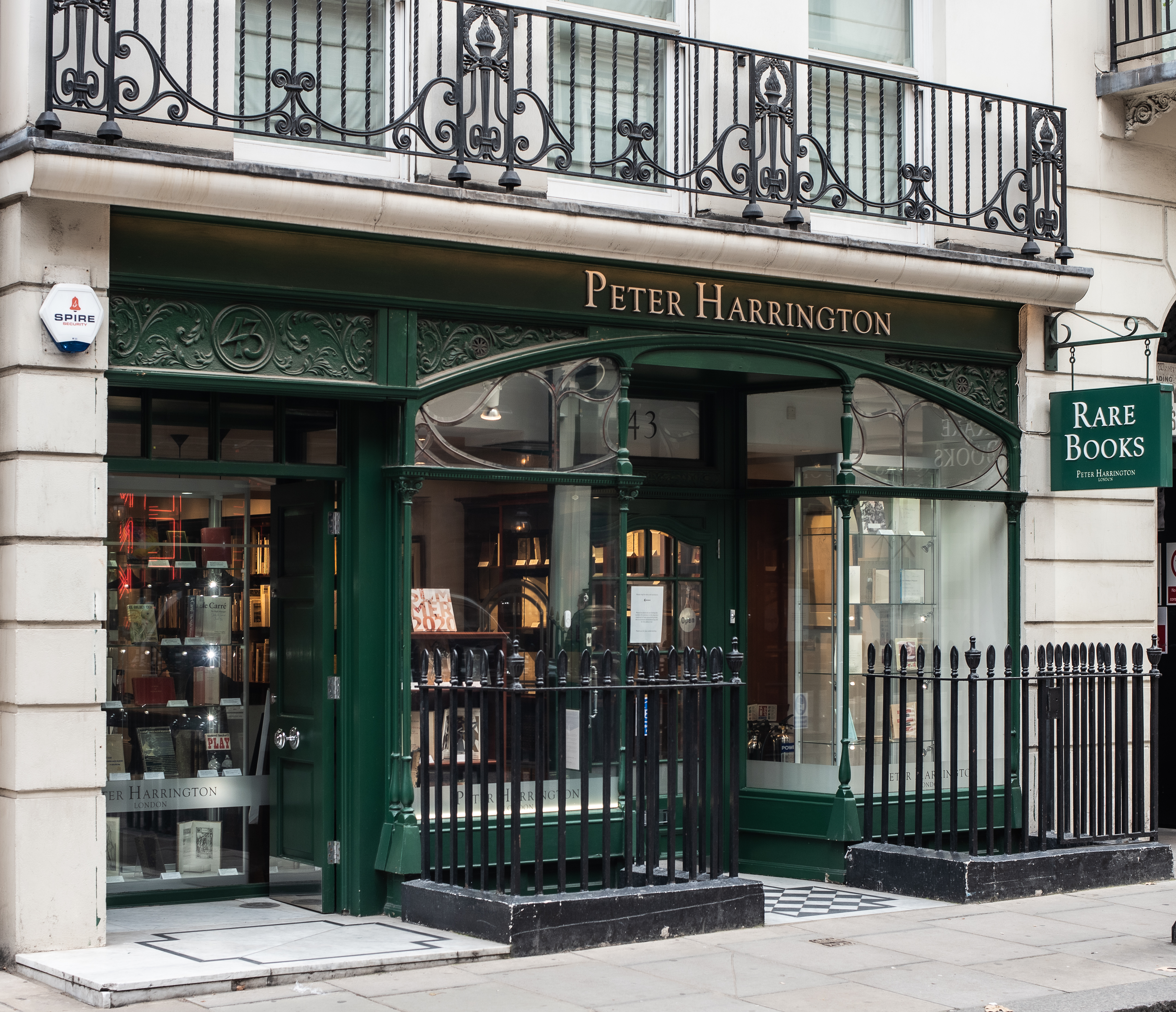London: Printed for Lockyer Davis, Printer to the Royal Society,, 1772. Contemporary reports of Cook's astronomical discoveries First editions of these papers on Cook's first voyage around the world, during which he was commissioned by the Royal Society to observe from Tahiti the transit of Venus. The objective was to expand their understanding of the measurement of longitude to improve navigational techniques. Three of the papers are written or co-written by Cook, and the fourth is by the astronomer Thomas Hornsby (1733-1810). Cook constructed a number of observation sites on Tahiti, including the portable observatory "Fort Venus", and sent a team to the neighbouring island of Mo'orea. Although a capable astronomer himself, Cook was accompanied on the voyage by Charles Green (1734-1771), an assistant at the Royal Observatory at Greenwich. Green had already accompanied Nevil Maskelyne on the test voyage of John Harrison's H4 chronometer in 1763 and thus had prior experience attempting to solve the longitude problem. However, difficulties with data collection, previous disagreements with Maskelyne, and the unfortunate fact that Green died on the homeward voyage meant that he served as a scapegoat for what the Royal Society considered inconsistent and disappointing results. Cook and Green each carried out independent observations, yet neither were able to record the exact phases of the transit due to the "black drop effect" caused by turbulence in the Earth's atmosphere, misunderstood at the time as being caused by a thick atmosphere on Venus. The present issue of the Transactions contains multiple papers relating to the voyage and the transit, including extracts from Cook and Green's individual logs of observations and a plate depicting the differences in the two observers's results. The issue also contains Cook's communication of the observations of Johan Maurits Mohr (1716-1775) from his private observatory in Batavia, which Cook visited during his voyage, along with Hornsby's analysis of Cook and Green's data. Hornsby held a sustained interest in the transit of Venus throughout his career; he was an observer of the earlier transit in 1761 and suggested locations from which observations of the 1769 transit should be carried out, including the Pacific. The pertinent papers are: i) Charles Green & James Cook, "Observations made, by appointment of the Royal Society, at King George's Island in the South Sea", pp. 397-421. ii) James Cook, "Variation of the Compass, as observed on board the Endeavour Bark, in a Voyage round the World", pp. 422-32. iii) James Cook & Johan Maurits Mohr, "Transitus Veneris & Mercurii in eorum Exitu è Disco Solis, 4to Mensis Junii & 10mo Novembris, 1769, observatus", pp. 433-6. iv) Thomas Hornsby, "The Quantity of the Sun's Parallax as deduced from the Observations of the Transit of Venus, on June 3, 1769", pp. 574-9. This issue of Philosophical Transactions contains several further astronomical papers, from discussions of Kepler's method of measuring the parallax of the moon to an account of an astronomical clock, and a transcript of a letter from Benjamin Franklin to Maskelyne in the latter's role as Astronomer Royal discussing the transit of Mercury in 1769. Complete issue, small quarto (214 x 164 mm). With 22 engraved folding plates, numerous tables within text. Twentieth-century library binding of tan quarter sheep, spine lettered in gilt, green paper sides. Stamp of Gesamthochschul Bibliotek, Duisburg, to the front free endpaper and deaccession stamp to title page verso; stamps of the Athenaeum Library, Liverpool, to title page and numerous plates. Stripping to sheep, partially removed tape to spine ends extending across to boards, corners bumped, chip to lower inner corner of title page, not affecting text, partially erased later pencil annotations to contents and index, 15 and 35 mm closed tears to folds of plate facing p. 44, light foxing to gatherings SSS-TTT, else contents clean and plates presenting beautifully: a very good and internally fresh copy. Holmes 94 & 95 (papers i & ii).















